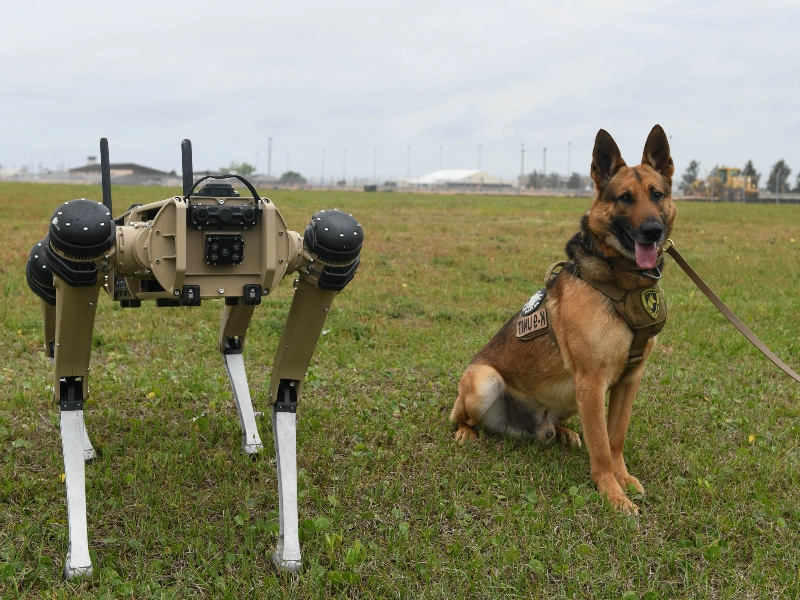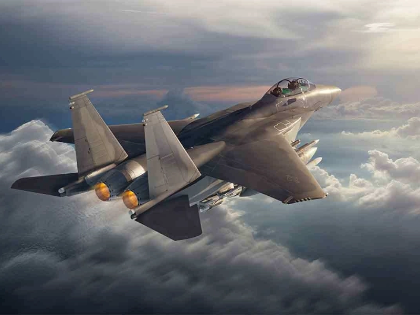8 Autonomous Decision-Making Technologies in Robot Dogs: The Second Technology that Doubles Combat Efficiency
The development of robotic dogs heralds a new era of autonomous military operations, where advanced decision-making capabilities transform these mechanical companions into powerful tactical assets. This comprehensive exploration delves into eight groundbreaking technologies that enable robot dogs to make autonomous decisions in challenging environments. Notably, we will examine how the innovative algorithms and real-time adaptability features of the second technology have doubled operational efficiency, revolutionizing combat effectiveness. From basic navigation to sophisticated threat assessment, these technologies represent the cutting edge of autonomous robotics in military applications.
1. Neural Network-Based Environmental Perception









